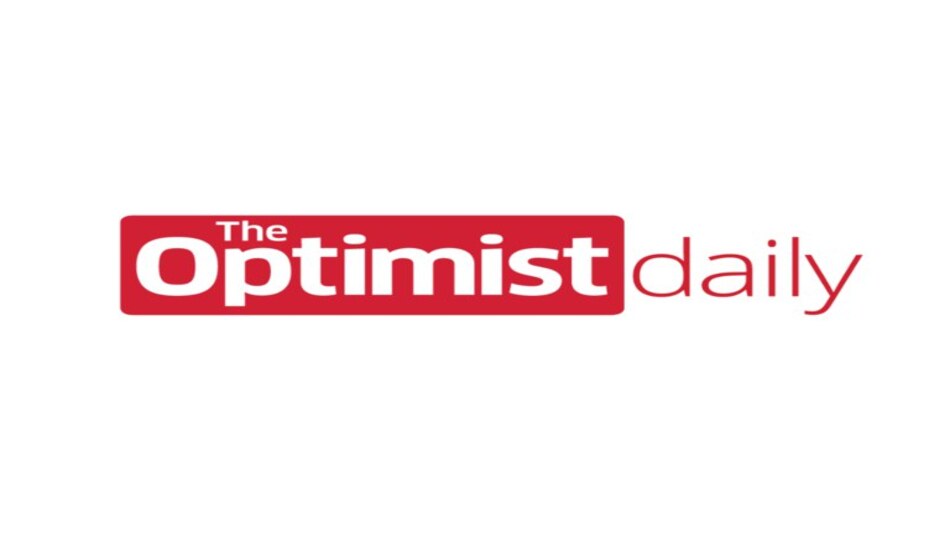Eric Gonzaba, a trained historian and professor of American Studies at California State University, Fullerton (CSUF), is on a mission to uncover and digitally preserve the hidden stories of queer history throughout the nation. The project, which is co-led by Amanda Regan, a lecturer in the Department of History and Geography at Clemson University, is called “Mapping the Gay Guides.”
Gonzaba and Regan use travel guides published by Bob Damron, a traveling businessman who began listing the gay or gay-friendly bars, bathhouses, theaters, bookstores, restaurants, and shops he would come across on his trips. He started publishing his research in 1965 as a series of travel guides originally known as “Address Book,” which became a survival guide, comparable to the Jim Crow-era Green Book, for queer travelers.
The Mapping the Gay Guides’ website has an interactive map that allows users to see the historical hangouts that Damron noted with little blue pins. By clicking on the pins, users can explore these locations as they were described in his original writing. The sites marked by Damon on the map appear and disappear depending on the year, so people can track how public queer presence changes through history. For instance, if you click through the years, you’ll notice that the number of gay-friendly sites listed in the Pacific Northwest more than triples between 1965 and 1972.
You can also access short histories of some of the sites on the map written by Gonzaba and CSUF graduate students. Through this feature, you can learn the reasons why some places, such as the popular Upstairs Lounge in New Orleans, disappeared. In this case, you would read that on a summer evening in 1973, an arsonist set fire to the building while patrons were inside. The fire resulted in 32 deaths and was the most fatal attack on a gay club until the 2016 Pulse shooting.
Mapping the Gay Guides launched in February 2020, and it has since dropped hundreds of pins on its interactive map across the entire United States, Guam, Puerto Rico, and the Virgin Islands. The National Endowment for the Humanities (NEH) also granted the project $350,000 in April of this year, allowing Gonzaba and Regan to continue digitizing, transcribing, and geolocating data for the next three years.
“We want our project to be a launching off point for researchers and public historians to think about how queer people have literally and figuratively been on the map for decades,” Gonzaba says. The project also coincides with a difficult time for the queer community as the Covid-19 pandemic forces many LGBTQ+ spaces to shut down. Digital projects such as Mapping the Gay Guides strive to memorialize these spaces even as they close so that their stories won’t be forgotten.
Technology has made stories such as the history of the queer community in the US much more accessible. The digitization and preservation of this hidden history give those who have been traditionally excluded the right to be represented and may also reassure those who feel alone or isolated because of their identity that there are and have been safe spaces and communities for them to reach out to.











